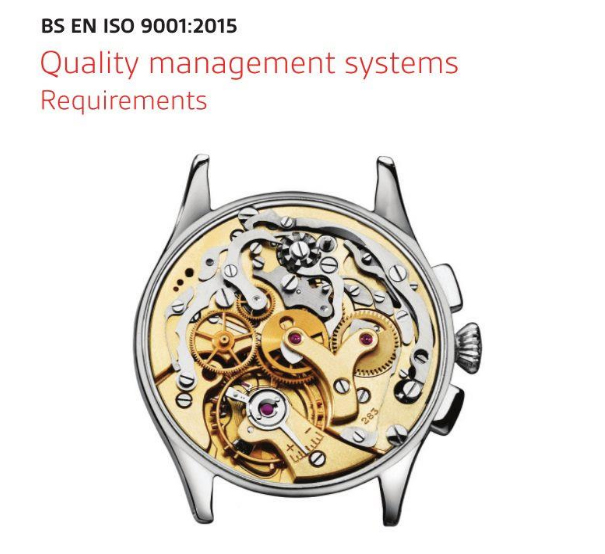
BSI Committee QS/001/04 Quality management in construction – Progress Update
Back in September 2020, I reported that I had been invited to join BSI’s new committee formed to undertake a review into how quality management systems are operated in the construction industry.
The intention of the committee is to develop a new version of the standard to add additional sector specific requirements to the existing standard with the aim of improving how quality is perceived and managed in the industry.
This process has now undergone a second round of review and comment and is progressing well towards public consultation, expected in April, with publication targeted for the end of the year. The new document will be BS 99001.
I am happy to report that the latest draft document is in really good shape with regard to its improved relevance clarity of approach to the management of quality within the construction sector.
I have just undertaken a review of the most recent draft of the revised standard and am pleased that the majority of my first comments have been adopted and that I have only a few further comments for consideration going forward to the final version.
Some of the major improvements I noted during my review are outlined below. I should stress that this is a personal view based on the issues I have experienced through my long career in construction quality management. I am sure there are issues that I have passed over that others may think equally important.
The draft standard :-
- Now acknowledges the project specific nature of construction with regard to context, risk and opportunities, identification of quality objectives, changes to the QMS, etc.
- Stresses the need for clear quality responsibilities within top management and the importance of promoting quality at all levels of the organisation and the supply chain.
- Adds the requirement for the organisation to ensure the competency of persons involved with QMS implementation.
- Includes the requirement to measure performance against programme and budget throughout the complete project lifecycle.
- Stresses the need to communicate the quality policy and ensure alignment throughout the project supply chain
- Requires top management to appoint a competent person as the management representative for projects and stresses the need for the independence of this position and the need for unrestricted access to top management.
- Strengthens the competency and availability requirements for resources involved in monitoring and measurement.
- Clearly captures supply chain organisations within the requirement for the calibration of monitoring and measurement equipment.
- Strengthens the requirements for competency and authority throughout the project lifecycle and clearly captures the requirement to verify the competence management of supply chain organisations
- Requires organisations to retain documented information to demonstrate compliance to contractual requirements to ensure the customer has up to date and accurate information – to me this is describing the progressive assurance model.
- Strengthens the requirement for the documentation of the change control process.
- Recognises the need to capture project requirements for design and development.
- Captures the need for a design co-ordination process to include all relevant parties.
- Includes the need to communicate and agree a process for design review, verification and validation.
- Recognises the possible need for mock-ups, samples, technical submittals, prototypes and benchmarks and their control and preservation.
- Strengthens the controls required for the selection, appointment and management of supply chain partners.
- Includes a new requirement for Inspection and Test planning which supports the use of the ITP processes employed on most major projects.
- Strengthens the non-conformance process with regards to clear definitions of responsibilities and authorities for review and assessment and the agreement of resultant actions with all interested parties. The need to document the non-conformance is also strengthened.
- Provides clearer definition of what aspects need to be subjected to monitoring and measurement.
- Strengthens the management of non-conformity and corrective action and includes a requirement to agree the timing of action implementation – this important in construction where program constraints must be factored into the non-conformance resolution process.
- Captures the requirement for learning, best practice, etc. identified on individual projects to be shared across the wider organisation is now included.
I really believe that the changes I have outlined above will have a significant impact on the way the ISO 9001 standard is applied within the construction industry.
I would like to applaud the BSI for undertaking this initiative and also everybody involved in the committee for the effective and efficient way we have reached the advanced draft stage.
